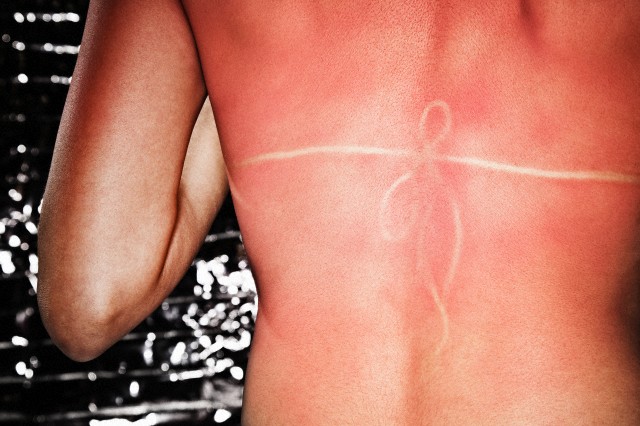Abdeali Saherwala | Contributor
Featured image: Improper skin care can lead to unappealing results. | Courtesy of Globovision via Flickr
It’s time to pack up the winter coats and boots and break out the beachwear now that summer is here and we’re finally starting to thaw.
During the summer, as temperatures rise and the days become longer, our skin becomes more susceptible to damage from the sun’s harmful UV rays.
According to the Canadian Cancer Society (CCS): “In Canada, sunlight is strong enough to cause skin cancer, premature aging of the skin, and harm to the eyes.” The reason that Canadians are more vulnerable to this is because we are exposed to the sun for longer periods of time, and due to the sun’s angle, its rays are better distributed in Canada, in comparison to other northern countries like Russia or the United States.
CCS adds that “skin cancer is the most common type of cancer, and it’s also one of the most preventable. UV radiation causes about 90 per cent of melanoma cases.” Additionally, cases of melanoma have increased significantly over the past 25 years, according to CCS.
The reasoning for this is because the sun transmits three types of deadly rays, which are, in large part, reflected back into space due to the ozone layer. The three types of UV rays are: Ultraviolet A (UVA), which “make up most of the sun’s natural light. They can penetrate deep into the skin, causing wrinkles and premature aging of the skin;” Ultraviolet B (UVB), which “are the main cause of sunburn. They are nearly 1,000 times stronger than UVA rays;” and Ultraviolet C rays, which are “short-wave radiation that never reaches the earth’s surface, because the atmosphere filters them out.”
The ozone layer is deteriorating due to pollution and accumulation of CO2 emissions—thus, causing more harmful UV rays to penetrate the earth’s atmosphere and increase its harm to all living organisms.
In the case of skin protection from the sun, water-resistant sunscreens with a sun protection factor (SPF) of 30 or above are recommended, as they have a broad spectrum of protection against both UVA and UVB rays. However, it’s important to thoroughly read the warning label on all products, as some medicines and skin care products may also increase the skin’s vulnerability to UV damage.
The potential for sun damage is at its worst from 10 a.m. to 3 p.m., so it’s best to avoid prolonged exposure to the sun’s rays during these times, or cover up exposed skin.
It’s also important to check for skin abnormalities, which will help when it comes to detecting early signs of skin cancer, which increases your chances for survival. After all, it is better to be safe than sorry.



Best way to take care your skin in summer Drink Lot water